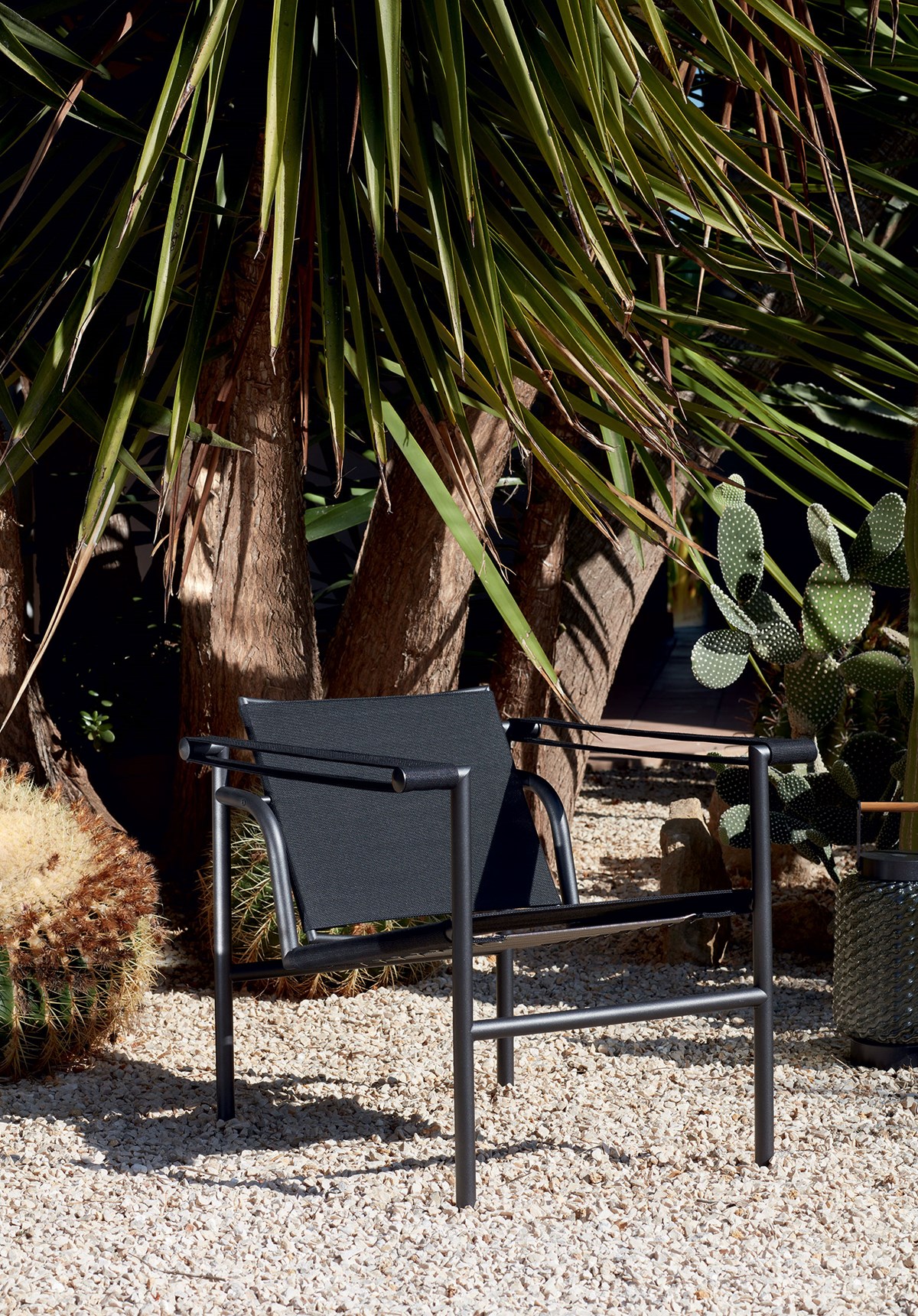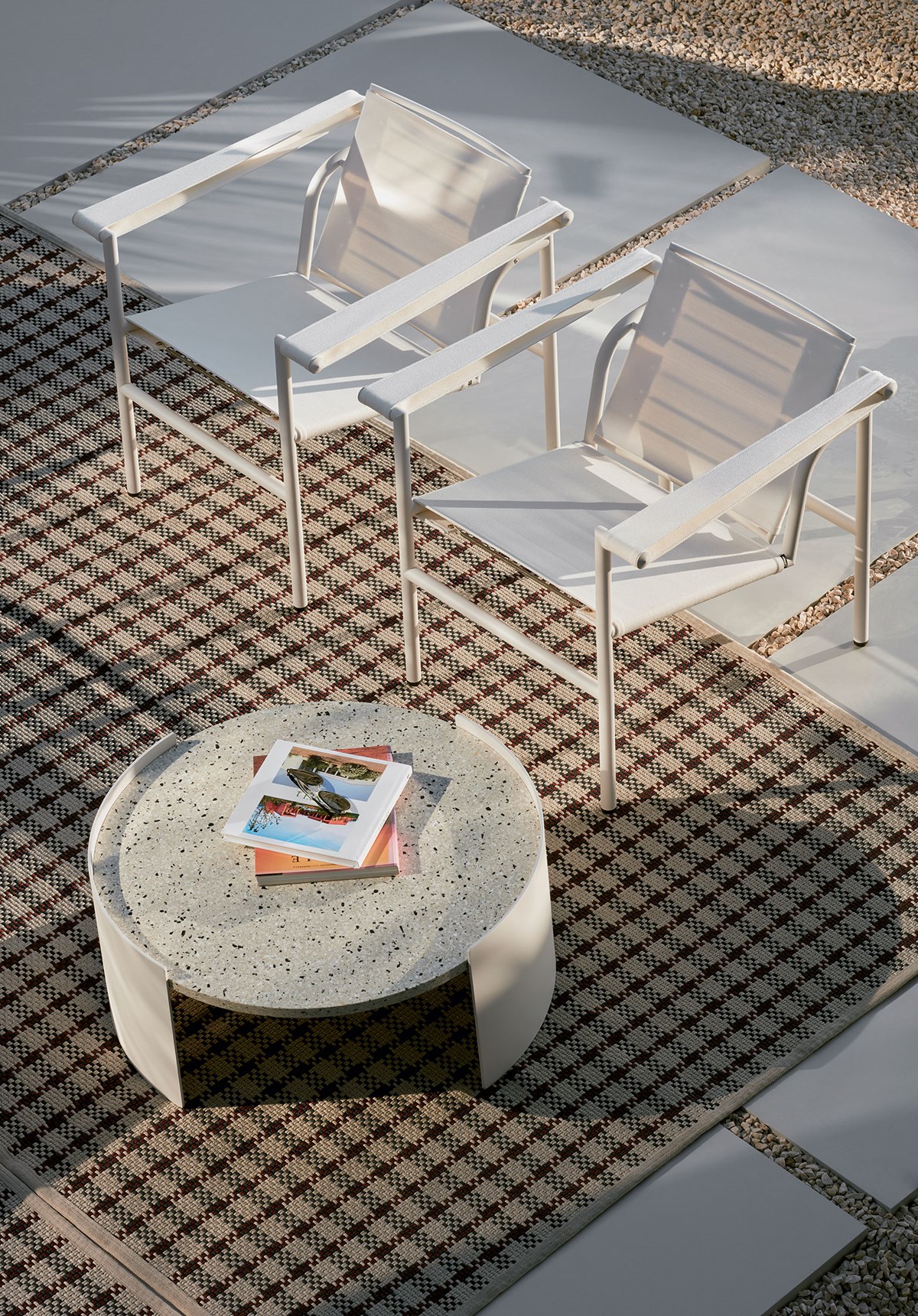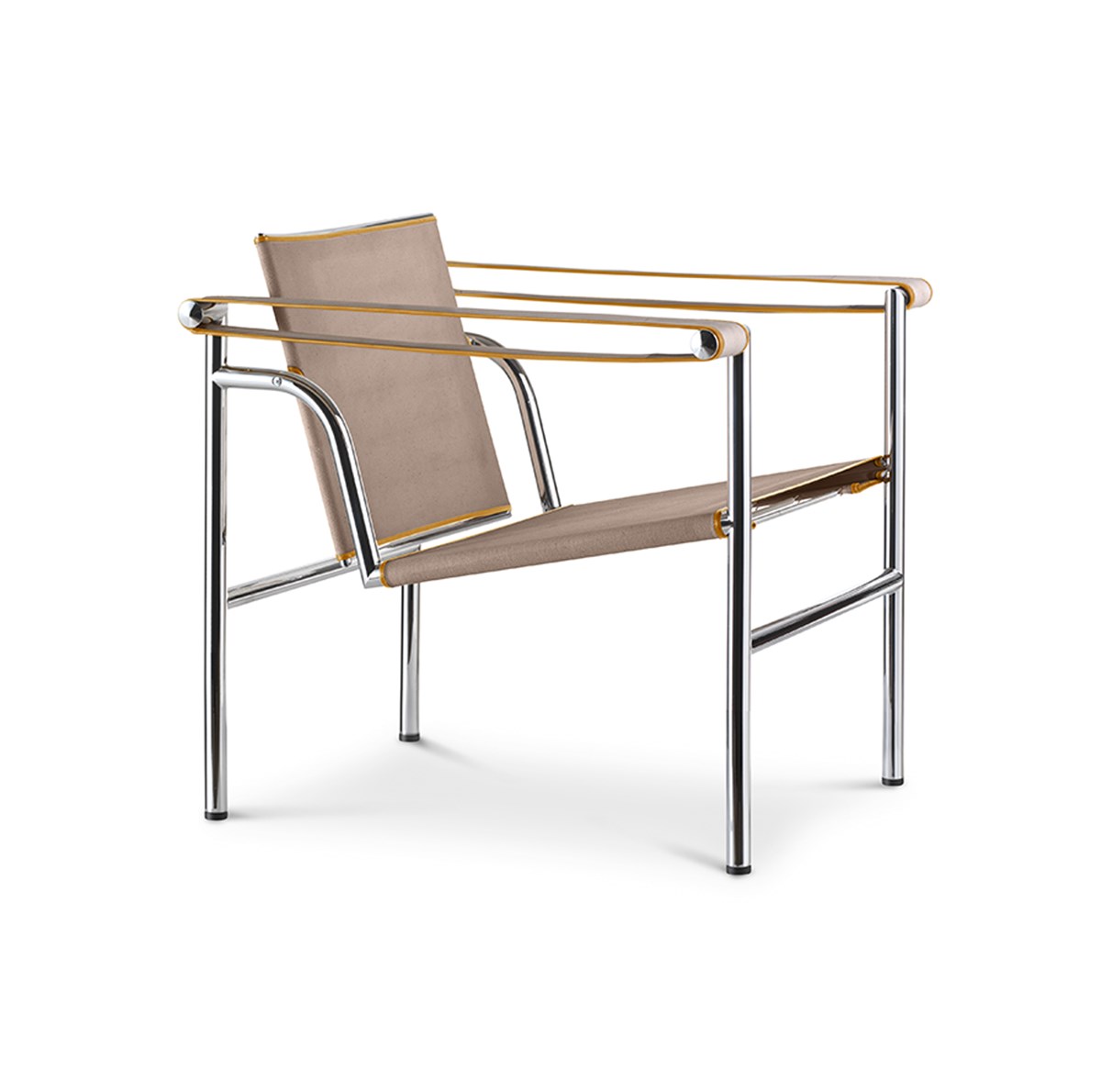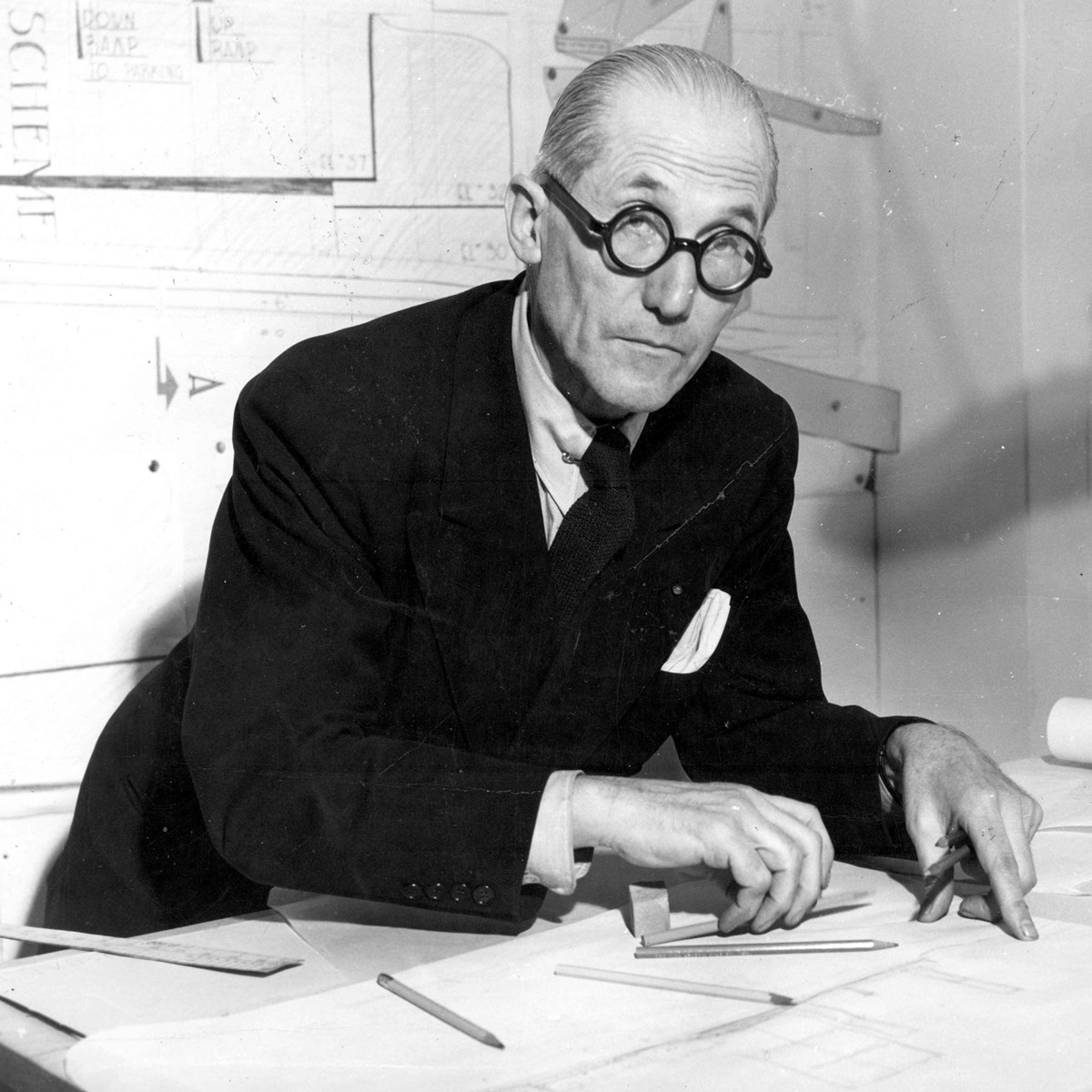Capitol Complex Table
- Designer:
- Pierre Jeanneret
- Brand:
- Cassina
We don't appear to have any products related to your search term. Please try again.



Armchair with structure in polished trivalent chrome plated (CR3) steel. The armrests are wider at the front and tapered towards the back. Seat, backrest and armrests come in self-supporting ecru fabric with natural leather trimmings.
This version of the LC1 chair was presented in 1930 at the first exhibition of the Union of Modern Artists, demonstrating how the furniture pieces presented the previous year at the Salon d’Automne could be made using a wider variety of upholsteries.
In this case, the added detail was a refined leather rim made according to the finest saddlery technique, which inspired high fashion collections already in the 1930s.
Armchair with structure in polished trivalent chrome plated (CR3) steel. The armrests are wider at the front and tapered towards the back. Seat, backrest and armrests come in self-supporting ecru fabric with natural leather trimmings.
This version of the LC1 chair was presented in 1930 at the first exhibition of the Union of Modern Artists, demonstrating how the furniture pieces presented the previous year at the Salon d’Automne could be made using a wider variety of upholsteries.
In this case, the added detail was a refined leather rim made according to the finest saddlery technique, which inspired high fashion collections already in the 1930s.
Designer
"Furniture is not just a functional object, but an expression of human life, an extension of our limbs and bodies. It should be crafted with care, embodying both beauty and...

